How High Quality, Affordable Shrimp Got a Permanent Seat at the Table
If you have heard of aquaculture, then you most likely have heard of William Shinbane. If not, just know that he is the man who enabled millions to enjoy the great taste and benefits of premium shrimp at an affordable price.
If you don’t know the term aquaculture, here are some facts: Aquaculture is the breeding, raising, and harvesting of fish, shellfish, and aquatic plants. Basically, it is farming in water. And, aquaculture is done within the strict guidelines of the Aquaculture Stewardship Council [ASC] and Best Aquaculture Practices [BAP]- two industry organizations that offer rigorous certification programs to verify that producers are following best practices to process, package and deliver farmed seafood safely and responsibly.
The earliest evidence of aquaculture practices, or fish farming as it was called, dates back before 1000 BC when the Chinese, during the Zhou Dynasty, began to raise carp as a source of food. Five hundred years later, the ancient Romans were cultivating fish and crustaceans in the private pools of wealthy homes where residents could virtually harvest dinner on the spot. Through the ages, aquaculture processes and techniques steadily improved globally for a widening variety of both freshwater and saltwater species providing a source of food and self-sufficiency through the next six decades of the 20th century. Often, however, this limited supply benefitted the well-heeled and not always the public at large.
Enter Bill Shinbane in the 1960’s, a scrappy and inventive seafood wholesaler who specialized in fish and Mexican shrimp. Over the years, Bill took note of the high price of shrimp that was wild caught. Large, premium shrimp was delicious, but not affordable which limited the number of people who could enjoy this delicious protein. He committed to doing something about it.
Aquaculture was in its infancy at the time and was only just starting to gain traction – a process that would take decades to expand into the sophisticated industry it is today. Early on, Bill recognized that significant growth and innovation in aquaculture would depend much on improvements made on the processing side of the business.
In the 1980’s, he took some major steps forward, partnering first with Southeast Asian seafood processers - initially in Taiwan and then Thailand – deploying his expertise and teaching them best practices in processing techniques such as the handling, peeling, deveining and packaging of shrimp that would lead to a higher quality product for consumers. In the ensuing years, he elevated the workmanship, processes and systems that enhanced the product on every level. He was also instrumental in expanding the range of sizes available to include smaller shrimp for a wider variety of shrimp salads, shrimp cocktails and entrées that a broader audience could enjoy without breaking the bank.
While, Shinbane was not the first to recognize the challenges and the opportunities of aquaculture, he had a major impact at a critical moment in taking the industry to a new level of processing that brought more affordable, higher quality products to the dining room tables of American families.
Fast forward to today, other aspects of the industry are improving dramatically: more efficiently designed cargo ships, improved supply chain productivity and at the forefront, the cultivation of alternative feed sources such as insects, protein derived through natural gas bi-products and seaweed protein cultivation, that will reduce the use of fish meal in feed manufacturing. These alternative feed sources will allow the industry to expand in a sustainable manner and are the future of aquaculture’s growth in the coming years.
It has been said about Shinbane that he was a person who saw potential in innovation, products and people and was motivated not by money but by the prospect of introducing high quality raw and cooked seafood to a broader audience in ways that would replenish the supply well into the future. Along the way, he built a highly successful seafood supply business, Ore-Cal Corporation – now called Harvest of the Sea – in which he promoted his mission.
“More than five decades ago Bill saw aquaculture as the rest of us see it today; an essential part of the world’s seafood market,” said John Connelly, National Fisheries Institute president. “But his legacy can be found in more than just processing techniques, improved standards and keen foresight. It can be seen in the leadership of the entire Ore-Cal Corporation family.”
It's a fitting description of a man whose prescient vision is, in part, responsible not only for the wide variety of delicious seafood that we all enjoy today, but also for processing protocols that will keep an abundance of fish in marine and freshwater environments for generations to come.

